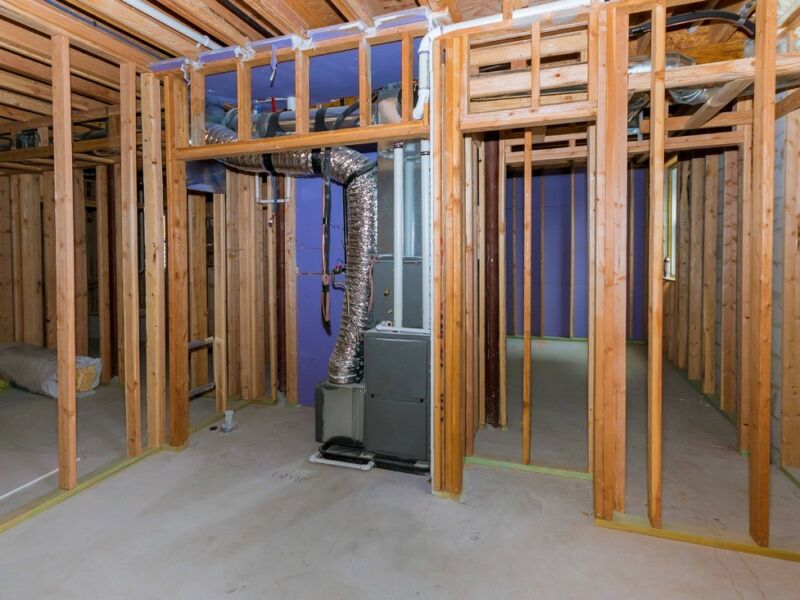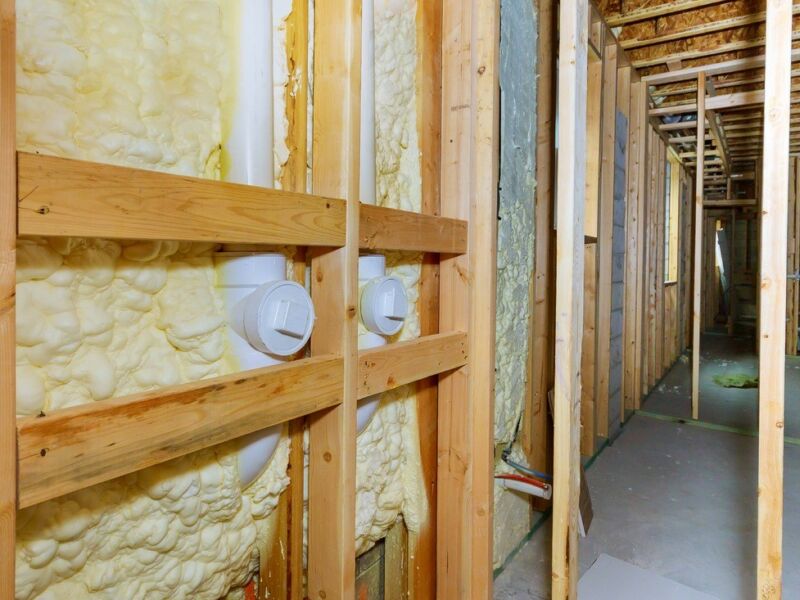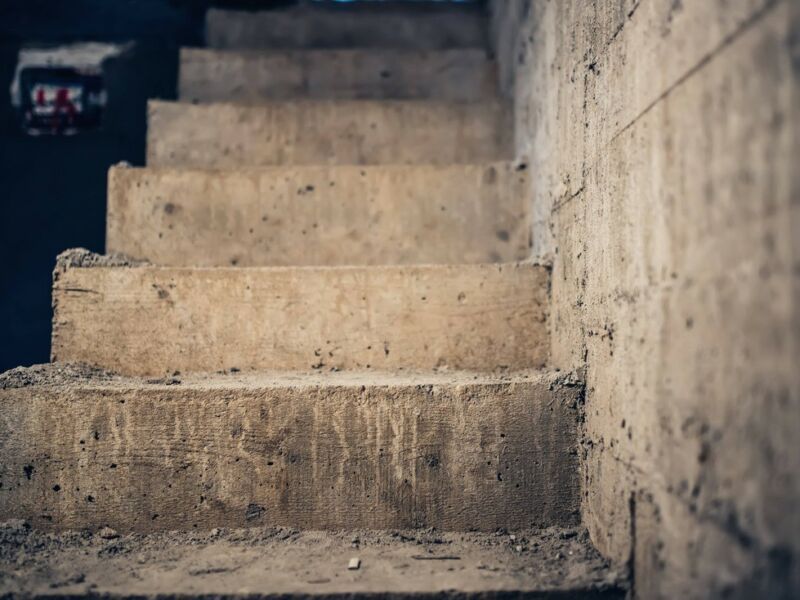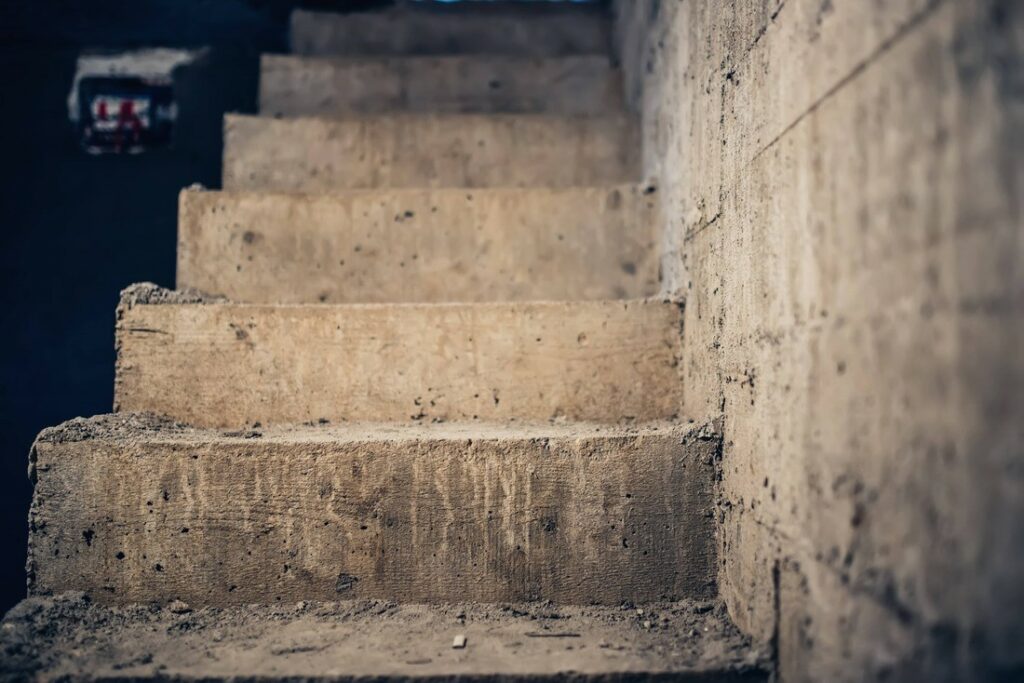
Introduction
Basement flooding is a common problem that homeowners may face. It can occur due to heavy rain, a faulty sump pump, or a burst pipe. When a basement floods, it is essential to take immediate action to remove the standing water and mitigate further damage. In this article, we will discuss the steps you can take to safely remove standing water from a basement and restore the space.
1. Assess the Situation
The first step in safely removing standing water from a basement is to assess the situation. Determine the source of the water and check for any potential safety hazards, such as electrical appliances or exposed wiring. If there is a risk of electrocution, it is crucial to turn off the electricity to the affected area before proceeding.
2. Remove Valuables
Prioritize the removal of any valuable items or belongings from the flooded basement. Items such as furniture, electronics, or personal keepsakes should be carefully relocated to a dry area to minimize the risk of damage. If the items are severely waterlogged, consider contacting professionals who specialize in content handling and cleaning.

3. Safety Precautions
Before entering the flooded area, ensure that you are wearing the appropriate personal protective equipment (PPE). This may include rubber gloves, waterproof boots, and even a respirator mask if there is a strong odor or the risk of mold growth. Safety should always be a top priority when dealing with floodwater.
4. Water Extraction
The most effective method for removing standing water from a basement is by using a submersible pump or a wet/dry vacuum. These tools allow you to extract the water quickly and efficiently. Start by removing the majority of the standing water, focusing on the lowest areas first and working your way towards the exit points.
5. Drying and Dehumidification
After removing the standing water, it is crucial to dry out the basement thoroughly. Open windows and doors to promote air circulation, and use fans and dehumidifiers to accelerate the drying process. This will help prevent mold growth and any further damage to the structure or possessions within the basement.
6. Clean and Disinfect
Once the basement is dry, it is essential to clean and disinfect the area to ensure it is safe for use. Use a mild detergent and warm water to clean any surfaces that came into contact with the floodwater. Additionally, consider using a disinfectant solution to kill any remaining bacteria or mold spores.
7. Preventative Measures
To minimize the risk of future basement flooding, it is essential to address any underlying issues. This may include repairing a faulty sump pump, sealing cracks in the basement walls or foundation, or redirecting water away from the property. Consulting with a professional water damage restoration company can help identify and address these issues.

8. Contact Professionals
If the basement flooding is extensive or if you are unsure of how to safely remove the standing water, it is highly recommended to contact a professional water restoration company. These experts have the knowledge, experience, and specialized equipment to handle basement flooding effectively and efficiently.
Conclusion
Removing standing water from a basement is a task that requires prompt action and careful execution. By following the steps outlined in this article, you can safely remove the water, prevent further damage, and restore your basement to its pre-flood condition. Remember, if in doubt, always seek professional assistance to ensure the best outcome.
What are the common causes of basement flooding?
What are the potential risks of not removing standing water from a basement?
How long does it take for a basement to dry after flooding?
Can I remove standing water from a basement by myself?
For professional basement water restoration services, contact Service Water Restoration Pros at 949-209-1582.



